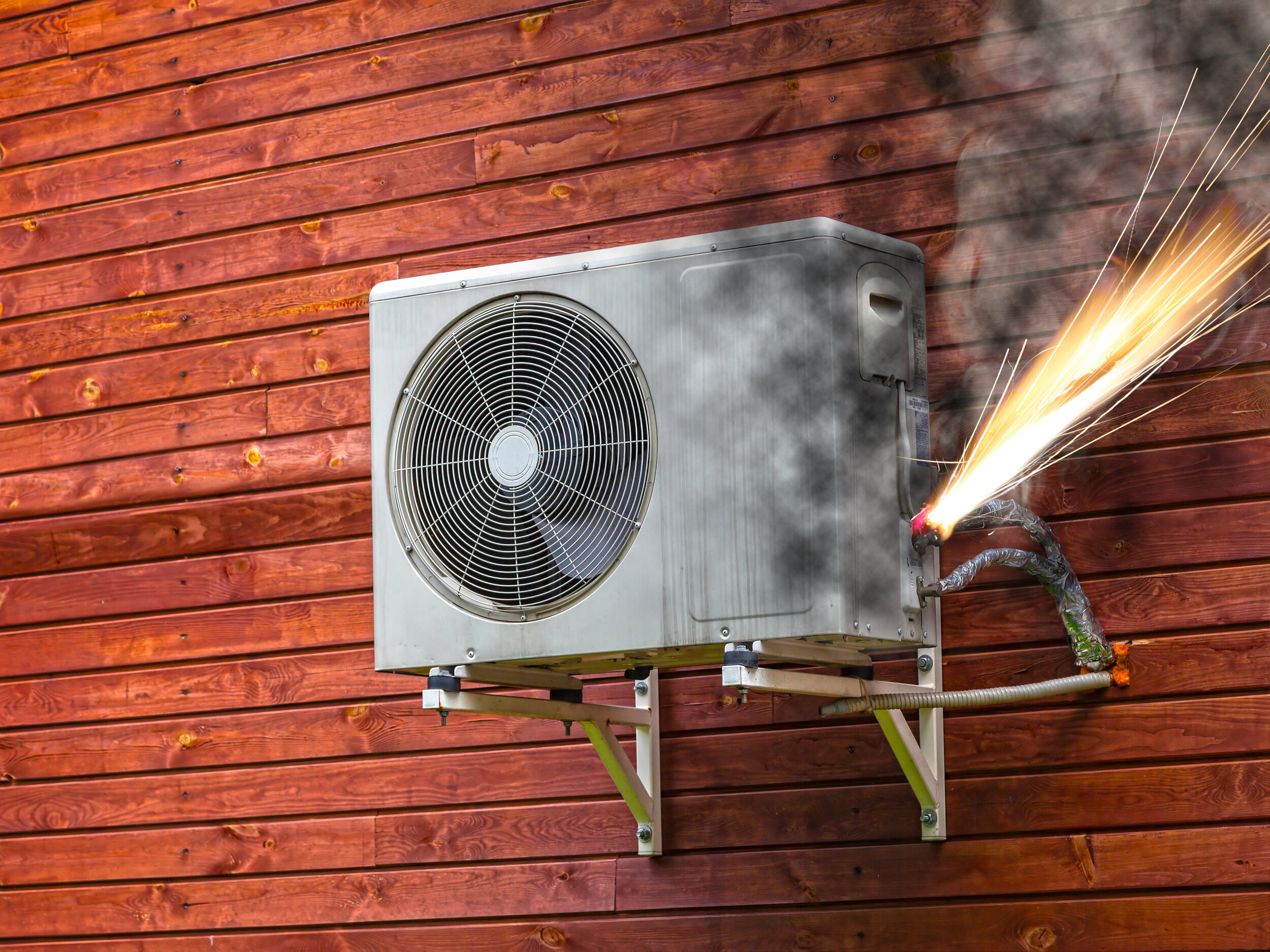Smart thermostat technology is almost a decade old. In that time, it has advanced in leaps and bounds. Today, multiple brands with various functionality features enhance HVAC automation, efficiency, and maintenance. Rating smart thermostats, like any technology, must take into account the specific application of the unit as well as the requirements and budget of the buyer. With that caveat in mind, here are three examples of smart thermostat technology in various categories.
Ecobee 4
For all-around functionality combined with affordable pricing, Ecobee's smart thermostat technology rates high. The unit includes terminals to connect and control up to 12 HVAC-related devices, including air conditioner and furnace, humidifiers and dehumidifiers, ventilation units, and other air-quality accessories. It also integrates motion detectors as well as temperature and humidity sensors to supply data that informs accurate control of your indoor environment. All programmed temperature settings are easy to override to adapt to changing conditions.
Nest Learning Thermostat
Nest introduced smart thermostat technology to the home market. The company sustains its prominence with the third-generation Nest model. Combining data from individual sensors throughout the home with algorithms that learn your occupancy patterns and household heating and cooling preferences, the unit computes and executes ideal temperature adjustments. All data is also displayed on the mobile app, and users can manually override programmed temperatures at any time. A variety of updated information such as HVAC energy-consumption history can be accessed. Nest also derives your GPS location from your smartphone to activate geofencing functions and provides emergency alerts if indoor temperature extremes are detected.
Honeywell Home T9
The T9 rates high among choices for temperature monitoring and control in multiple rooms. In addition to most standard smart thermostat technology, the T9 integrates up to 20 long-range wireless room sensors that detect occupancy and report temperatures. This data allows the T9 to make intelligent temperature adjustments to keep cooling and heating uniform throughout all rooms in the house. Alexa home voice commands are also supported, as are geofencing functions.
For more examples of today's smart thermostat technology, contact the HVAC professionals at Air Assurance.









